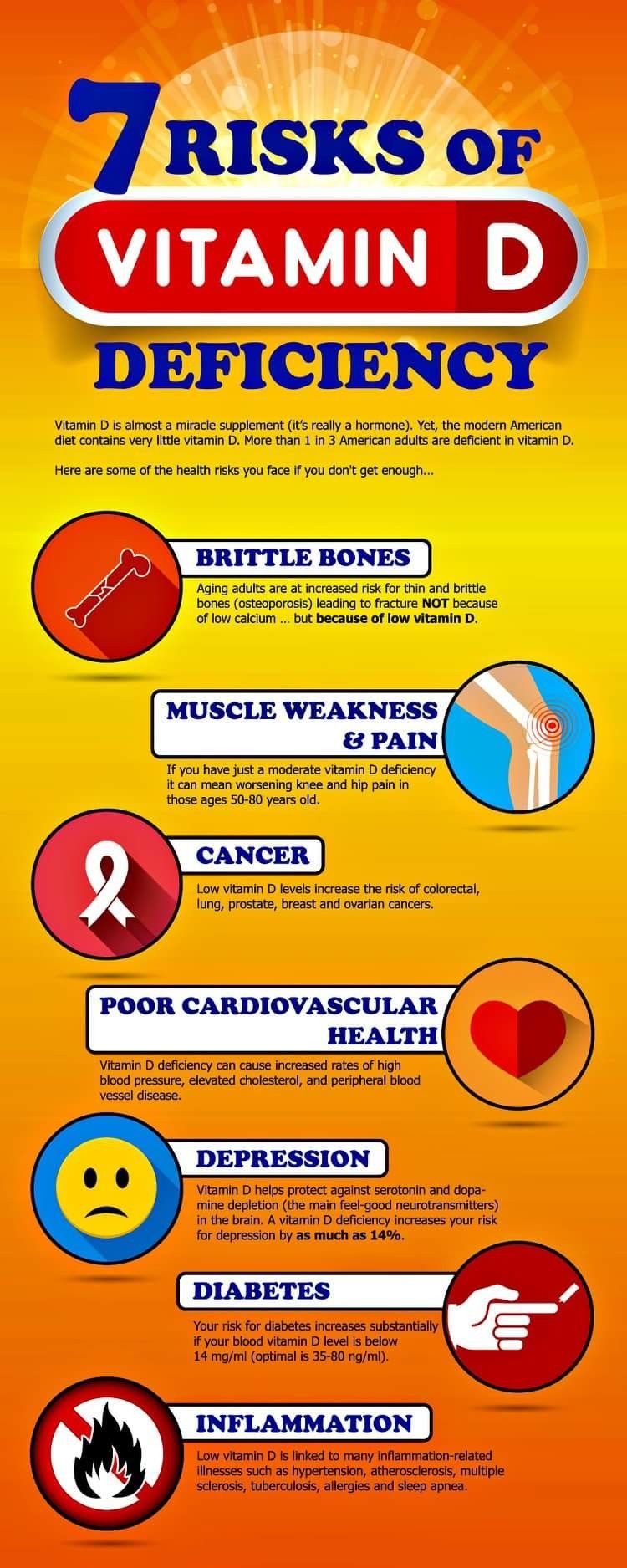
Vitamin D is generally known for its role in maintaining bone and teeth. The importance of this nutrient has been found over time to be more than that, because vitamin D controls the expression of over 200 genes in the body and nearly EVERY tissue in the body has a vitamin D receptor, including the immune system, skin, thyroid, stomach, colon, pancreas, and more. This has shown its importance in almost all systems of the body, including the immune system, nervous and endocrine systems, digestive system, cardiovascular system, integumentary system, and – as we all know – the skeletal system.
Unfortunately, vitamin D – like other Vitamins – cannot be produced and it has to be gotten from other sources, like your diet. However, it is extremely difficult to get enough vitamin D your body needs from food.
Fatty fish (mackerel, salmon, etc.), liver, and eggs contain some, but you have to consume large amounts of them at once for optimal levels of vitamin D. The best source of vitamin D is SUNLIGHT. It is recommended that you consume up to 10,000 UI of vitamin D3 for health benefits. Adequate sunlight is important to achieve these recommended amounts.
Why do people still have low levels of vitamin D?
This is because many people spend an average of over 90% of their time indoors, so they’re not getting nearly the amount of sun needed for proper vitamin D. And when they are outside, they don’t expose enough skin to sunlight to get the amount of sun rays they need.
Below contains recent research on vitamin D, recommended blood levels, and exposure to diseases due to less than recommended levels of it.
-
Research was done in 2015 to assess the effect of vitamin D supplementation on the risk of acute respiratory tract infection. Results showed that vitamin D reduced the risk of acute respiratory tract infection in all participants. It also showed that patients who were very deficient experienced the most benefits.
Read more…
-
In research on the correlation between vitamin D insufficiency and severe COVID-19 in 2020, the researchers noted that 84.6% of patients in Intensive Care Units (ICUs) of hospitals had vitamin D insufficiency. Also, 100% of ICU patients who were less than 75 years had vitamin D insufficiency.
Read more…
-
Jerry Han and other researchers in 2016 conducted a pilot study on vitamin D administration in ventilated ICU Patients. They found out that 43% of these patients were vitamin D deficient at entry. Also, when they administered 200,000 and 500,000 IU of vitamin D3, there was a significant decrease in length of stay in the hospital.
Read more…
-
An analysis of vitamin D concentrations by race for people over 40 years 2001–2004 in the U.S indicated: 25–26 ng/mL for non-Hispanic whites; 14–17 ng/mL for non-Hispanic blacks; 18–22 ng/mL for Mexican–Americans. This has implications for known racial disparities on morbidity and mortality rates, as observed in problems like cardiovascular disease, cancer, and infections like the novel COVID-19.
Read more…

